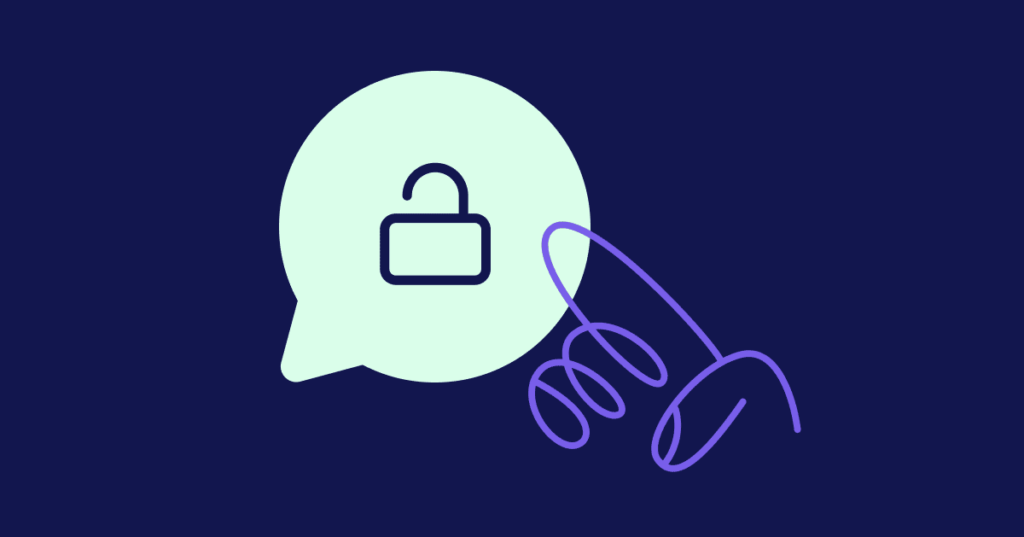Microsoft Outlook is a versatile and powerful email platform that millions rely on daily for their communication needs. However, its users have to face many challenges to keep Outlook running smoothly. Whether it is protecting data from Outlook file errors or keeping the account active, it becomes very frustrating.

Although this is a very common scenario, faced by every other Microsoft user; it is extremely hard to get back the access. On top of that, if you do have access to your recovery phone; it seems almost impossible to regain your account. Thus, we will help you to explain the possible causes, measures, and resolution with a comprehensive guide on how to unlock your Microsoft Outlook account addressing the scenario where you don’t have one.
What to do if Outlook Account is Locked?
There can be several reasons why your Outlook account gets locked. To unlock your Microsoft account, you can try several methods, depending on the reason for the lock and the information you have on file with Microsoft. Here are multiple methods to unlock a locked Microsoft account:
1. Use the Microsoft Account Recovery Form:
- Go to the Microsoft Account Recovery Form.
- Follow the on-screen instructions to verify your identity and provide as much information as possible.
- This method is typically used when you’ve forgotten your password or don’t have access to your recovery email or phone number.
2. Reset Your Password:
- If you remember your password but believe your account is locked due to suspicious activity, go to the Microsoft password reset page.
- Follow the instructions to reset your password.
3. Use Your Alternate Email or Phone Number:
- If you provided an alternate email address or phone number when setting up your Microsoft account, use it to receive a security code to unlock your account.
- Go to the Microsoft Account recovery page and select “I don’t have any of these.”
4. Two-Step Verification:
- If you’ve set up two-step verification for your Microsoft account, use the secondary authentication method (such as a mobile app or text message) to verify your identity and unlock your account.
5. Contact Microsoft Support:
- If the above methods don’t work or you’re unable to verify your identity, contact Microsoft support.
- Go to the Microsoft Support page and request help with your locked account.
6. Wait It Out:
- In some cases, Microsoft accounts are locked in a period of time for security reasons. You might have to wait a certain amount of time before attempting to unlock it again.
It’s essential to provide accurate and truthful information during the account recovery process, as any inconsistencies can delay the unlocking of your account. Keep your account recovery information up to date to make the process smoother in case of future issues. Additionally, consider enabling two-step verification to enhance the security of your Microsoft account.
Why does Microsoft block the MS Outlook Account?
Microsoft may block a Microsoft Outlook account for various reasons, most of which are security-related. Here are some common reasons for Microsoft blocking an Outlook account:
Too Many Incorrect Login Attempts: If someone repeatedly tries to log in to your account with incorrect passwords, Microsoft’s security systems may interpret this as a potential security threat, leading to a temporary block to protect your account from unauthorized access.
Suspicious Activity: Unusual account activity, such as logging in from a location that is far from your usual location, multiple login attempts from different locations in a short time, or changes to your account settings that seem unusual, can trigger security alerts and result in a temporary block.
Account Recovery: If you’ve initiated an account recovery process, like a password reset, and there are irregularities in the information provided, Microsoft might block the account temporarily to verify your identity.
Compromised Account: When Microsoft suspects that your account has been compromised, they may block it to prevent further unauthorized access. In such cases, you need to go through a verification process to regain access.
Terms of Service Violations: If you violate Microsoft’s terms of service or usage policies, your account may be temporarily or permanently suspended or blocked.
Spam or Phishing Activity: If your account is involved in sending out spam emails or phishing attempts, it may be blocked to prevent you from causing harm to others.
Security Breaches: In cases of known data breaches or security incidents, Microsoft may block accounts as a precautionary measure, and you’ll need to reset your password and take additional security steps to regain access.
Inactive Accounts: Microsoft may also suspend or delete accounts that have been inactive for an extended period, typically after 365 days of inactivity.
It’s important to note that these measures are put in place to protect the security and privacy of your account and your data. If your account is blocked, Microsoft usually provides a process for regaining access, which may involve identity verification, password resets, and other security checks. It’s essential to follow these procedures carefully to ensure the security of your account. Additionally; maintaining up-to-date recovery information, using strong passwords, and enabling two-factor authentication can help prevent such issues.
Additional Tips: How to Prevent Unblocking in Future?
- Regularly update your recovery information: To avoid future complications, ensure you have an up-to-date recovery phone number and email address associated with your account.
- Enable two-factor authentication (2FA): This extra layer of security can prevent unauthorized access to your account.
- Keep a written record: If you tend to forget passwords, keep a written record in a secure location.
Conclusion:
Getting locked out of your Microsoft Outlook account can be frustrating, but it’s a manageable issue. By following these steps and using your recovery email address, you can regain access, even when you don’t have your recovery phone. Remember to take precautions to avoid future lockouts, and always maintain your account’s security. Stay connected, stay secure!

